However, the term was first coined in Neil Stevenson’s 1982 novel ‘Snow Crash’ and it was only after Meta Platforms announcement that we saw a rapid rise of interest, with the whole of the internet wanting to know more.
Many were curious as to what the Metaverse was, and how it would affect their regular internet browsing. In Meta Platforms announcement, they call it the “next chapter for the internet”, emphasising the power of connection.
But what is this new way of connecting… What is the Metaverse?
Oxford Dictionary defines the Metaverse as “a virtual-reality space in which users can interact with a computer-generated environment and other users.”
In Stevenson’s novel, the Metaverse was a virtual place where characters could go to escape their own reality.
The word “Metaverse” is a portmanteau of the prefix “meta” (meaning beyond) and “universe”; combining them together means “beyond the universe”.
Escaping into a different or ‘virtual’ reality is something which has always peaked human interest. However, the construction industry has also been intrigued by how the Metaverse can shape its future, how it enables connection and collaboration, and how it can enhance efficiencies and communication across the workplace.
Will it reduce costs? Will it enhance work-output? Will we become fully immersed in a Metaverse way of working?
We caught up with Head of Digital Capture, Amy Cheeseman, to immerse ourselves into the relationship between the Metaverse and construction industry, looking at how AR and VR can be used to drive added value for projects in 2023 and beyond. Amy shares:
Currently, you can only really experience the Internet when you ‘go’ to it, looking at it through your phone or monitor. As Mark Zuckerburg famously quoted, when asked what’s the difference between “the Internet” and “the Metaverse”:
“It’s the difference between peering through a window and actually being there right in the moment together.” – Mark Zuckerberg
This is much the same with construction, where most of the design and technical process is done through a screen and drawings. You can pan around a 3D model of the project, but on a 2D monitor or TV, it’s not an immersive 3D experience. The Metaverse is the solution to more immersive and interactive experiences within virtual environments. For example…
- Augmented Reality
Oxford Languages defines Augmented Reality (AR) as “a technology that superimposes a computer-generated image on a user’s view of the real world, thus providing a composite view.”
Simply put, AR enhances the real world through digital means. For instance, the ‘IKEA Place’ app allows customers to visualise a piece of furniture within their home using their phone’s camera to overlay a 3D scaled model of an item in a room – trying the furniture out for size, style etc.
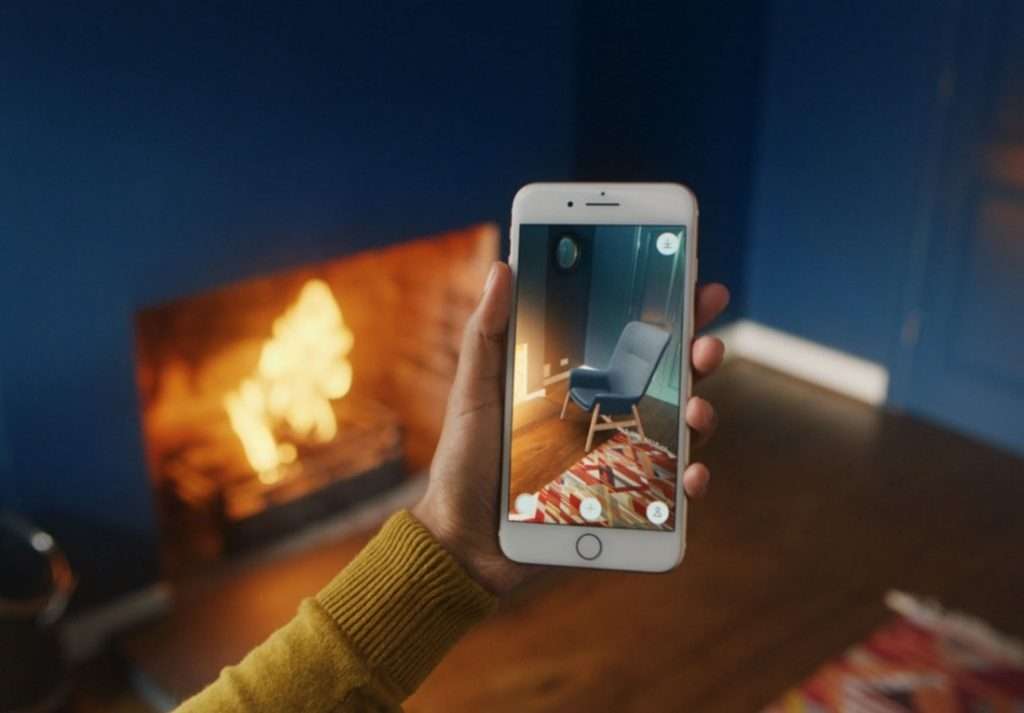
In a similar way, AR is becoming more commonplace within the construction industry, as apps for phones and AR products (such as Microsoft HoloLens 2) continue to be developed.
As such, uses range from overlaying buried services onto a floor slab to understand where alterations can be made without impacting pipework, to visualising Mechanical & Electrical models on a site to validate that they have been installed as per the design. This technology brings many benefits to construction as it enables the user to see models/designs in context with the space and its surroundings.
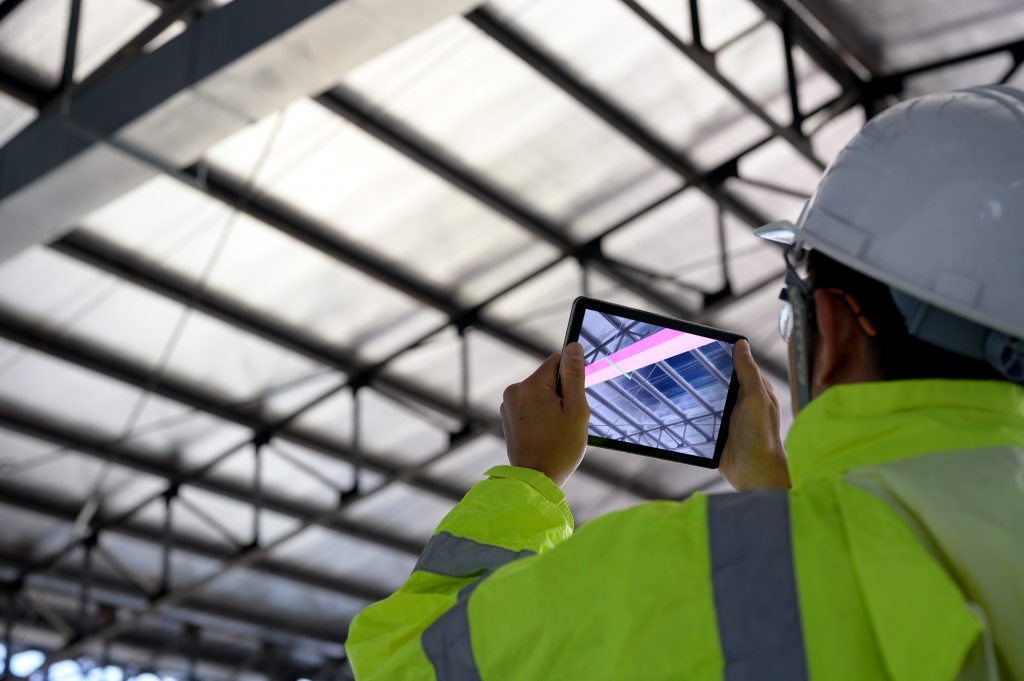
For example, on projects the designers can see if there are any initial issues to work around, the builders can get a better insight into what they are working towards, the investors can see if they believe it is an investable project and the general public can get an insight into how their local spaces might look in the future.
This being said, AR also has limitations and it is common that a build site can’t always be accessed. As such, it is always a better option to be proactive and prevent an issue on-site than relying on technology such as AR to detect issues and develop reactive solutions. This is where Virtual Reality (VR) technology can be extremely valuable and take users deeper into the Metaverse.
2. Virtual Reality
Virtual Reality (VR) can be defined as “the use of computer modelling and simulation that enables a person to interact with an artificial three-dimensional (3D) visual or other sensory environment.”
VR is typically experienced through wearable interactive devices such as headsets or goggles which contain stereoscopic screens. Additional accessories such as gloves, controllers or even full body suits allows the user to interact with the VR environment.
VR is already extremely accessible in mainstream internet spaces, used for chatting, games, art and education. Some examples include VR Chat, Half-Life: Alex, Sketchfab and Meta Platforms own technology.
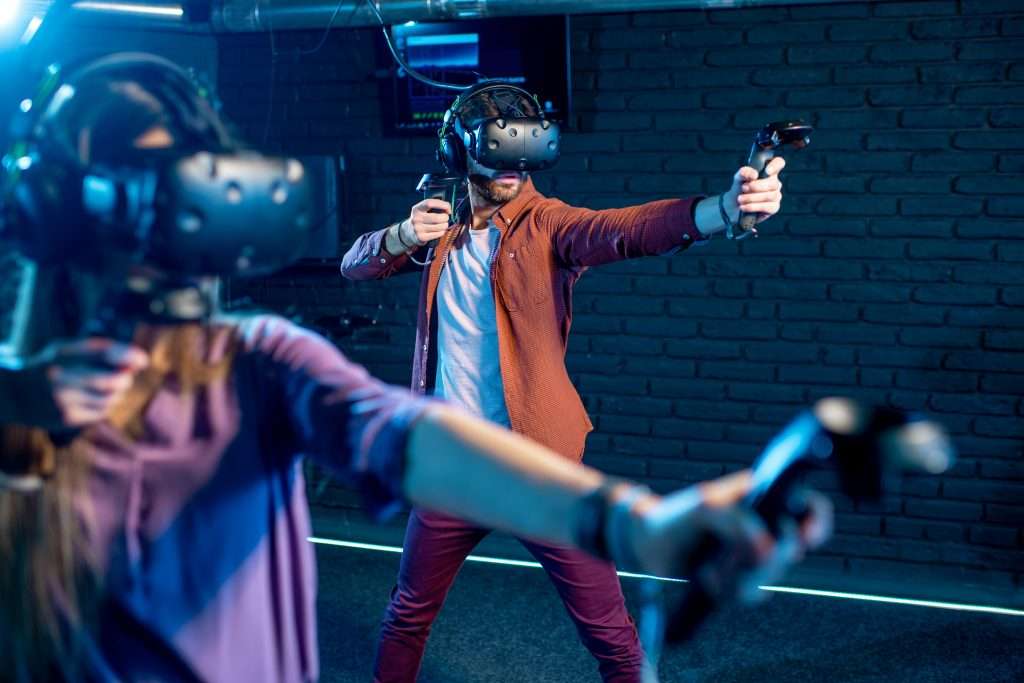
The AEC sector can see the benefits of VR, with solutions for market leading software such as Autodesk BIM 360, Solid Edge and Trimble SketchUp to name a few being developed to integrate VR.
Whilst the predominant function of VR is experiencing a 3D environment, there are many more functions and benefits for the construction industry such as:
- Reviewing a design live and collaboratively for faster approvals
- Holding meetings in a shared digital space, regardless of where everyone is across the globe
- Optioning various designs to see how they impact an environment
- Holding virtual conferences where a global audience can attend without the need to travel.
The move away from full time office-based working since the global pandemic has highlighted the potential for VR to facilitate alternative ways of working whilst maintaining a collaborative approach to projects.
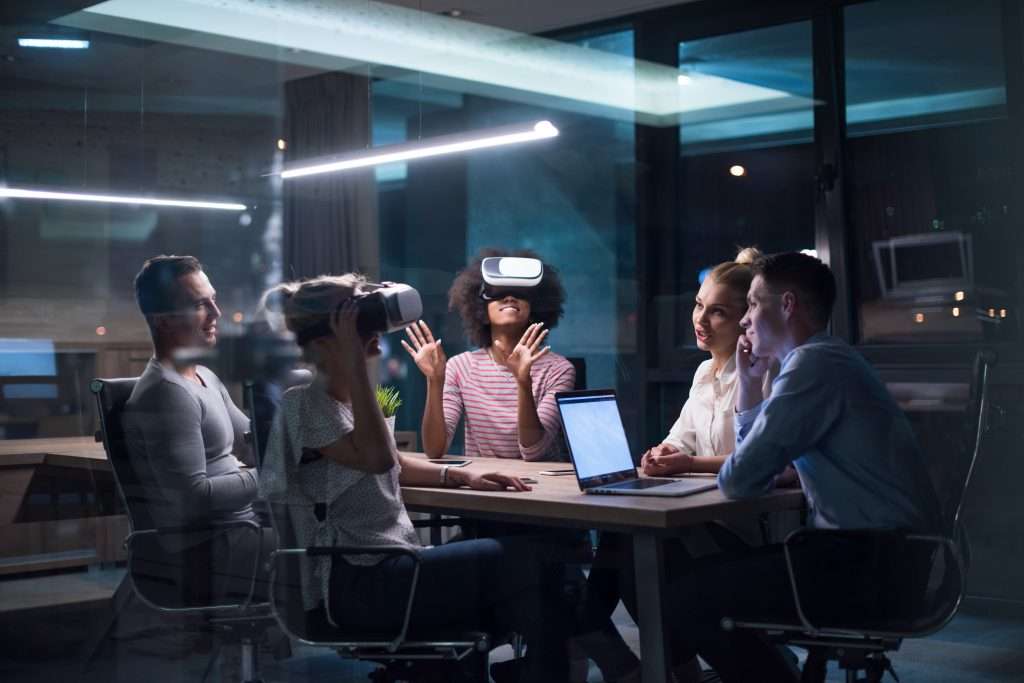
However, VR is not just for designing in construction. VR can be used across all stages of an environment’s lifecycle such as:
- Completing training in a VR environment to ensure operatives understand the complexities of a specific task or project before setting foot on site
- Running a selection of repair scenarios to understand which would be most effective so a repair can quickly be implemented
- Understanding how people with different impairments may experience a space to ensure it is accessible for all
- Facilitating asset management with virtual clipboards to full technical schematics being hosted within the VR asset
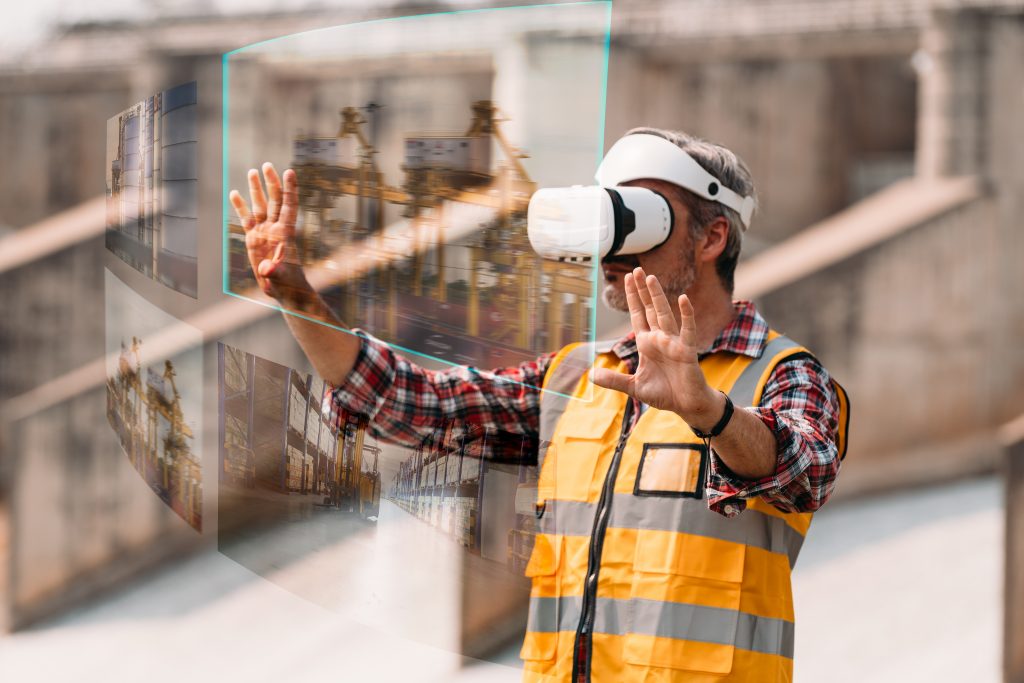
As with all technologies, there are disadvantages to consider as well. Firstly, as will all new technology, there is a cost to invest in the hardware and any necessary software or upgrades need to run it perfectly, as well as a learning curve during adoption. With some construction projects having a large number of stakeholders of different sizes, not all companies are able to make the investment, resulting in a disjointed and ineffective workflow.
Considerations by business discussing significant investment in AR and VR should include that:
- 3D modelling projects in a virtual environment opens up the industry to other sectors such as software and gaming design. Whilst this may benefit the industry, deepening the talent pool, there is also the potential to blur the lines between developers and the roles of architects. Make sure you engage with trusted experts to support you through your Metaverse journey.
- Construction projects should adhere to specific standards such as ISO19650 and ensuring those are met by all project standards can be an uphill battle as companies interpret requirements in different ways. Developing standards for cohesive working in VR adds another layer of compliance to implement and police. Again, engaging with the right consultants is crucial to ensure a compliant and efficient use of AR and VR.
- Whilst the global pandemic highlighted the potential for new ways of working remotely, it also highlighted the human need for social interactions and how endless Zoom and Teams meetings were not a full-time replacement for physical meetings. Don’t get carried away, balance is key!
In conclusion
As we enter into web 3.0, the Metaverse provides a new platform for companies, employees and clients to interact with and experience their projects in a new way. Already, we are reaping the benefits with more collaborative projects, creating better work environments, faster approvals, and more efficient collaboration. Like with all new technologies though, there will be roadblocks along the way to fully integrate VR into the construction industry.
To find out more about how your next project could benefit from utilising some of the latest digital technologies and methodologies, please get in touch with Amy and the team by calling 08450 990285 or send Amy an email here.